Throughout history, Black innovators have made amazing contributions to innovation, science, and technology, frequently overcoming structural obstacles to make a lasting impression on society.
These innovations have inspired generations, transformed industries, and enhanced daily living. Here, we honor eleven revolutionary technologies that have transformed the globe and were created by Black inventors.
Top 10 Black Inventions That Changed the World
Traffic Light – Garrett Morgan (1923)
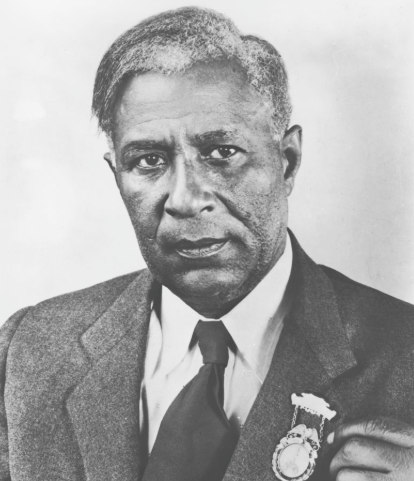
Garrett Morgan, a trailblazing inventor, patented the three-position traffic light, which transformed road safety. Before his creation, traffic lights only had two signals: stop and go, which frequently resulted in accidents. Morgan developed a “caution” light to give drivers enough time to come to a safe halt. His design established the norm for current traffic signals, significantly improving traffic management and lowering collisions worldwide.
Morgan’s significance goes beyond this discovery; he also developed the gas mask, demonstrating his commitment to improving public safety.
Automatic Elevator Doors – Alexander Miles (1887)
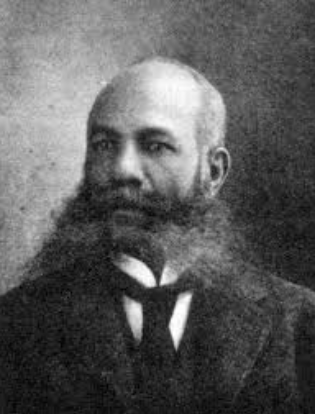
Before Alexander Miles’ invention, elevator doors had to be manually operated, which presented serious safety risks if left open. Miles created an automatic mechanism that opened and closed doors, significantly lowering the number of accidents.
Miles’ contribution to urban development has been crucial in enabling the construction of skyscrapers and high-rise buildings, and his invention is still a cornerstone of modern elevator safety, guaranteeing safe and effective vertical transportation.
Learn more about: 12 Most Popular Jordans You Need to Own Right Now
Refrigerated Trucks – Frederick McKinley Jones (1940)
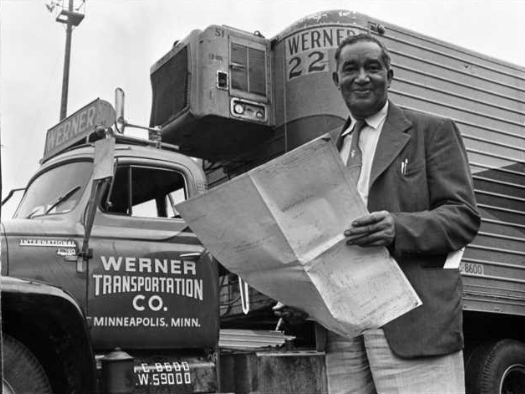
The first truck-mounted portable refrigeration system was created by Frederick McKinley Jones, a brilliant inventor who holds more than 60 patents. By enabling the long-distance delivery of fresh food, medications, and other temperature-sensitive items, this invention revolutionized the transportation of perishable goods.
Jones’ invention transformed healthcare and the food sector, guaranteeing that everyone in the globe had access to fresh produce and life-saving drugs. His refrigeration technology is still essential to supply chain management today.
The Super Soaker – Lonnie Johnson (1989)

Former NASA engineer Lonnie Johnson created the Super Soaker, a powerful water cannon that gained international acclaim. Johnson came up with the concept while developing a cooling system, but it went on to become one of the most well-liked toys ever made.
In addition to making millions of people happy, the Super Soaker showed how engineering and creativity can come together in surprising ways. Young engineers are still motivated by Johnson’s achievements as an inventor, especially in STEM subjects.
Learn more about: How Old Is Bellingham? Jude Bellingham’s Achievements and Early Life
Blood Bank – Dr. Charles Drew (1941)
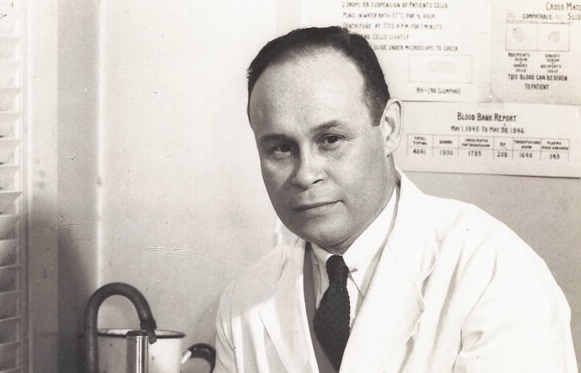
By creating methods for preserving and storing blood plasma, Dr. Charles Drew transformed medicine. His efforts during World War II resulted in the creation of blood banks, which helped save many lives both on and off the battlefield.
Additionally, Drew battled against racial prejudice in medicine by supporting equitable treatment for patients and the participation of Black doctors. His efforts established the foundation for contemporary blood donation programs that still save millions of lives every year.
Carbon Filament for Light Bulbs – Lewis Latimer (1881)
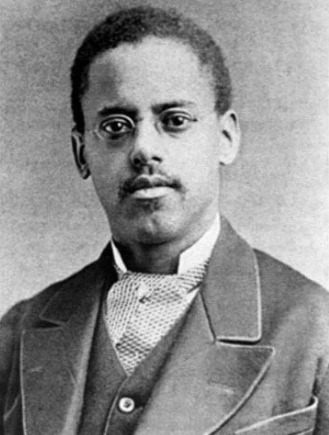
The light bulb was created by Thomas Edison, but Lewis Latimer’s advancement of the carbon filament was essential to its general use. By improving the durability, affordability, and efficiency of bulbs, Latimer’s invention turned electric illumination from a luxury into a need.
Apart from his contributions to light bulbs, Latimer was also a talented draftsman who helped create the telephone. His work sheds attention on the sometimes disregarded contribution that Black inventors have made to the development of contemporary technology.
Home Security Systems – Marie Van Brittan Brown (1966)
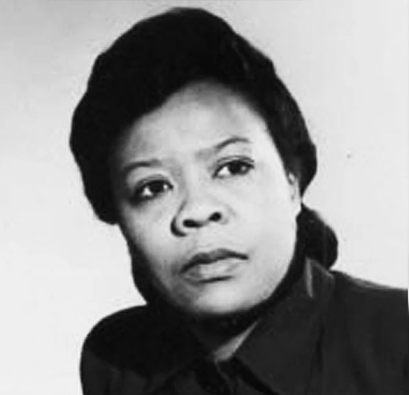
The first home security system was created by nurse Marie Van Brittan Brown in response to neighborhood safety issues. Her system, which included a camera, monitors, peepholes, and a two-way microphone, enabled residents to keep an eye on guests and interact with them from a distance.
The basis for contemporary home security technology, such as surveillance systems and video doorbells, was established by Brown’s idea. Millions of homes and companies worldwide are still protected by her efforts.
Learn more about: 20 Best Lionel Messi Quotes to Inspire Your Inner Champion
The Gas Mask – Garrett Morgan (1914)
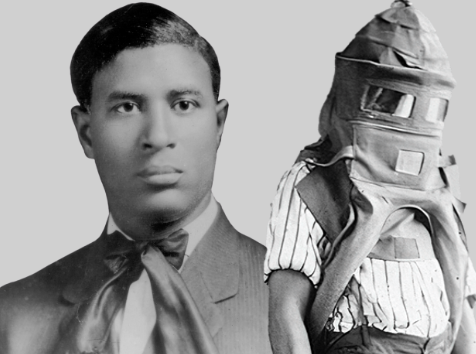
Originally created to protect firefighters from smoke inhalation, Garrett Morgan’s gas mask gained international recognition during World War I when it was modified to protect soldiers from chemical warfare. In a variety of industries, including mining, firefighting, and military applications, Morgan’s gas mask continues to be an essential safety tool. His dedication to innovation and public safety highlights the significant influence that Black inventors have on the well-being of the world.
The Ironing Board – Sarah Boone (1892)
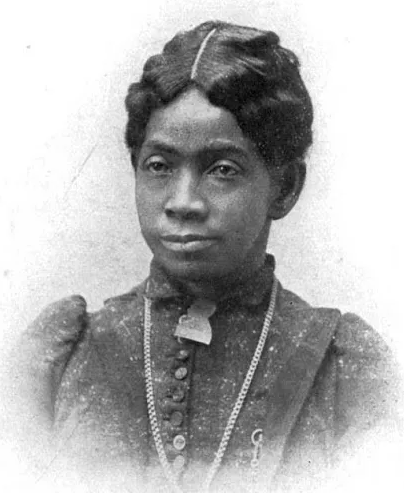
In order to make the ironing board more useful for pressing curved clothing and sleeves, Sarah Boone made improvements. The thinner, curved surface of her design allowed for more effective ironing and enhanced clothing care.
Boone’s creation made a routine domestic chore simpler and more efficient. Her work serves as evidence of how minor inventions can significantly alter day-to-day living.
The Folding Cabinet Bed – Sarah E. Goode (1885)
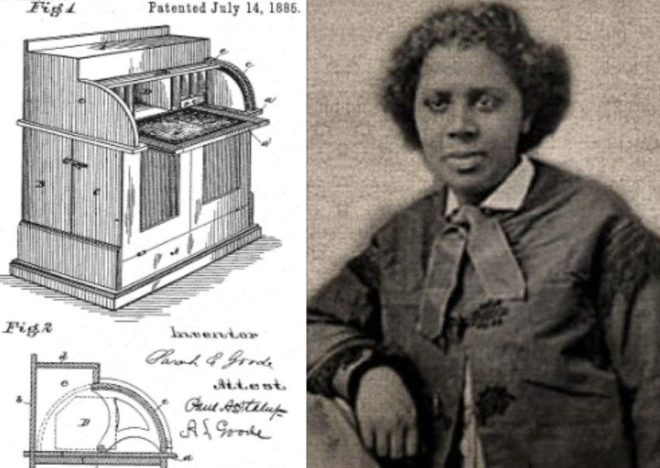
The folding cabinet bed was created by Sarah E. Goode, the first Black woman to be granted a U.S. patent. Her invention, which doubled as a desk and a bed, was made for tiny urban residences and offered a useful way to make the most of available space.
Goode’s multipurpose furniture design served as an inspiration for contemporary space-saving inventions, illustrating how imagination can solve practical problems.
Learn more about: Mastering the Art of Being a Striker in Soccer [Best Striker of all time]
Conclusion
Without the genius of Black innovators, the world as we know it would not exist. From commonplace conveniences like home security systems to life-saving innovations like the blood bank, their contributions have influenced history and enhanced people’s lives. It is imperative that we encourage diversity in innovation and make sure that everyone has the chance to develop, invent, and make a difference in the world as we look to the future.
